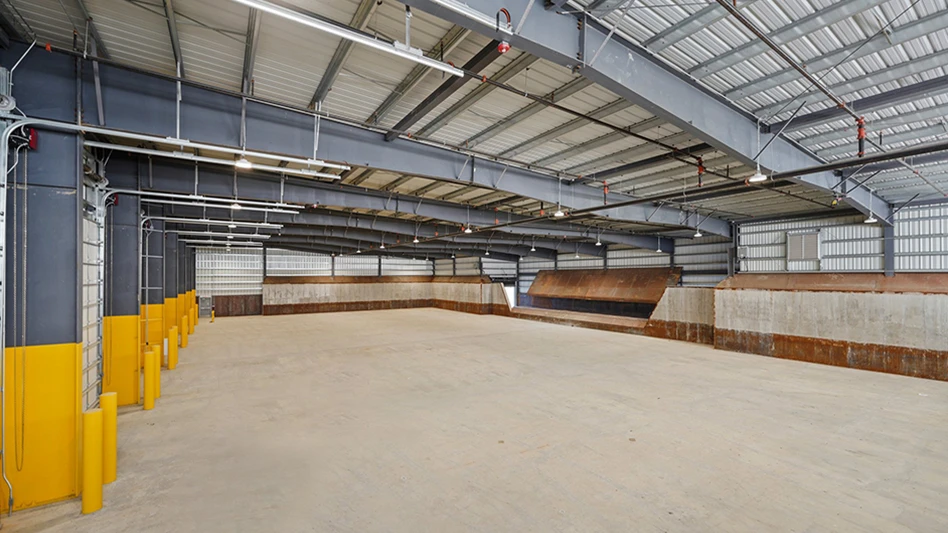
Quantum Biopower, Southington, Connecticut, has started its 1.2-megawatt (MW) combined heat and power (CHP) unit in Southington. Town officials were present for the official start of the generating unit.
Power from Quantum’s facility is being virtually net metered to power Southington municipal buildings. Town Manager Mark Sciota says this will result in significant cost savings to the town over the next 20 years.
“We’re proud of the work Quantum is doing and the strides [Southington] is making to become as green a community as possible,” Sciota says.
Brian Paganini, vice president and managing director of Quantum Biopower, says it was Southington’s vision of creating a forward-thinking energy plan that attracted Quantum in the first place. The town has been an eager and willing partner throughout Quantum’s development.
Quantum’s facility processes 40,000 tons per year of food waste through anaerobic digestion, creating 1.2 MW of Class 1 renewable power. Every year, Quantum will displace the equivalent of 5,000 tons per year of carbon dioxide (CO2) emissions by recycling food waste into methane to create energy. The facility also produces 8,000 tons per year of organic compost as a residual byproduct of the digestion process.
Biogas produced at the facility is now being used as fuel for an electrical generation unit to produce electricity. The CHP unit was packaged and integrated by 2G Energy, St. Augustine, Florida, and commissioned with the support of the 2G team.
Quantum is currently working with food waste generators such as Dunkin Brands, Whole Foods, Yale University, the Aqua Turf Club and most recently, the University of Connecticut. Quantum is also currently engaged in a curbside collection program with the town of West Hartford. This program aims to measure the amount of organic waste created from a sample group of 130 households.
Power from Quantum’s facility is being virtually net metered to power Southington municipal buildings. Town Manager Mark Sciota says this will result in significant cost savings to the town over the next 20 years.
“We’re proud of the work Quantum is doing and the strides [Southington] is making to become as green a community as possible,” Sciota says.
Brian Paganini, vice president and managing director of Quantum Biopower, says it was Southington’s vision of creating a forward-thinking energy plan that attracted Quantum in the first place. The town has been an eager and willing partner throughout Quantum’s development.
Quantum’s facility processes 40,000 tons per year of food waste through anaerobic digestion, creating 1.2 MW of Class 1 renewable power. Every year, Quantum will displace the equivalent of 5,000 tons per year of carbon dioxide (CO2) emissions by recycling food waste into methane to create energy. The facility also produces 8,000 tons per year of organic compost as a residual byproduct of the digestion process.
Biogas produced at the facility is now being used as fuel for an electrical generation unit to produce electricity. The CHP unit was packaged and integrated by 2G Energy, St. Augustine, Florida, and commissioned with the support of the 2G team.
Quantum is currently working with food waste generators such as Dunkin Brands, Whole Foods, Yale University, the Aqua Turf Club and most recently, the University of Connecticut. Quantum is also currently engaged in a curbside collection program with the town of West Hartford. This program aims to measure the amount of organic waste created from a sample group of 130 households.
Latest from Waste Today
- ReMA board to consider changes to residential dual-, single-stream MRF specifications
- Miller Environmental Group Inc. appoints CEO
- DPI acquires Concept Plastics Co.
- Laurel Mountain Capital announces investment in 5280 Waste Solutions
- Cielo investor requests annual meeting
- WIH Resource Group celebrates 20th anniversary
- NWRA: NIOSH cuts a step in the wrong direction
- Valicor Environmental services acquires Affordable Waste Management







